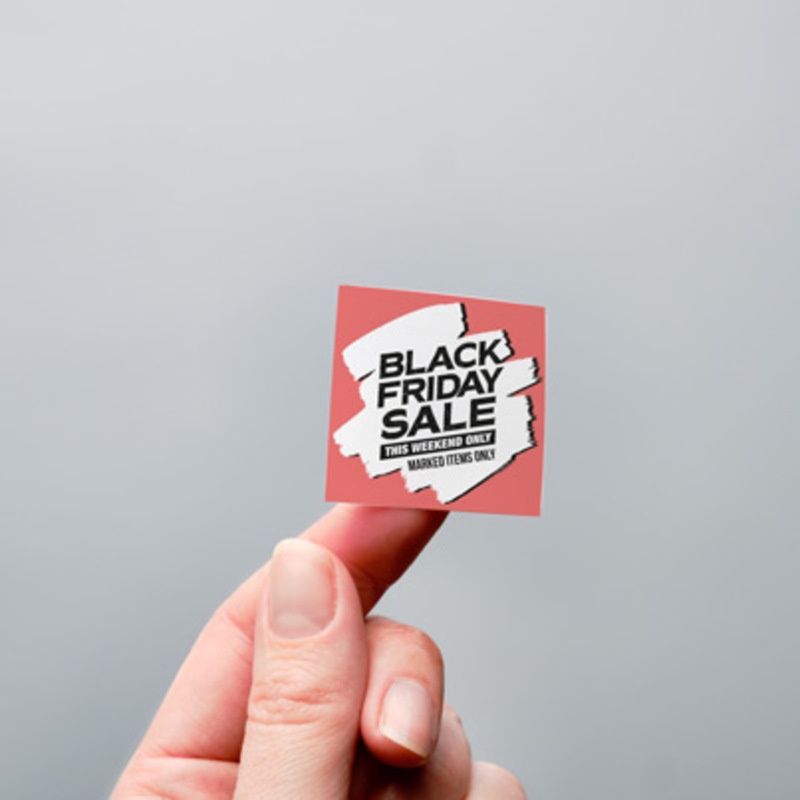Wine Packaging An Art and Science Combined
Wine packaging plays a crucial role in the marketing and preservation of this cherished beverage. It goes beyond mere aesthetics; it encompasses functionality, sustainability, and consumer experience. As the wine industry evolves, so too does the approach to packaging, blending tradition with innovation to meet the demands of modern consumers.
Traditionally, wine has been synonymous with glass bottles, typically made of dark green or brown glass to protect the wine from light, which can prematurely age it. The shape of the bottle also holds significance, with various designs representing different wine regions and styles. Corks have long been the closure of choice, allowing the wine to breathe and age gracefully. However, cork shortages and the rise of synthetic closures and screw caps have challenged this norm, providing winemakers with alternatives that can also enhance preservation.
Today, convenience and sustainability are at the forefront of wine packaging. With a growing emphasis on eco-friendliness, many producers are adopting lighter glass bottles, which reduce carbon footprints during transportation. Furthermore, alternative packaging formats such as boxes, kegs, and cans are gaining popularity. These options not only tend to be more sustainable but also offer consumers a fresh way to enjoy wine. Canned wines, in particular, have seen a surge in popularity among younger consumers, appealing to their desire for portable and casual drinking options.
wine packaging

Labeling is another vital aspect of wine packaging. The label is not only a regulatory requirement but also serves as a canvas for storytelling. A well-designed label can convey the wine’s origin, style, and production methods, enticing consumers and enhancing their overall experience. Innovative graphics, eco-friendly inks, and textured materials are often employed to create packaging that stands out on the shelf while resonating with consumers' values and aesthetics.
Moreover, the rise of e-commerce has prompted wineries to rethink their packaging strategies. Ensuring that wine reaches consumers safely during transit requires robust and protective packaging solutions, enhancing the unboxing experience while minimizing environmental impact.
In conclusion, wine packaging is a multifaceted discipline that combines tradition and modernity. It caters to consumer preferences while considering sustainability and regulatory requirements. As the wine industry continues to evolve, packaging will remain a fundamental aspect of the experience, influencing how consumers perceive and enjoy this timeless beverage. Whether through a classic bottle or a modern can, effective packaging can transform a simple product into a compelling invitation to savor the joys of wine.



